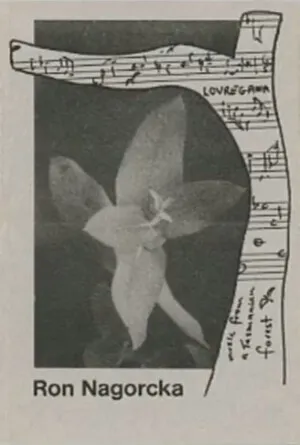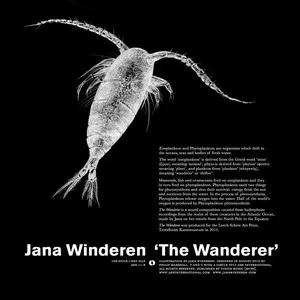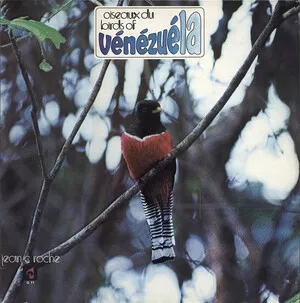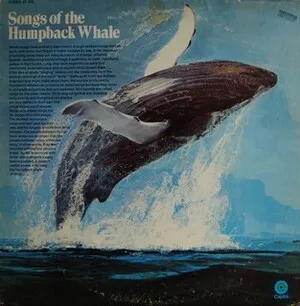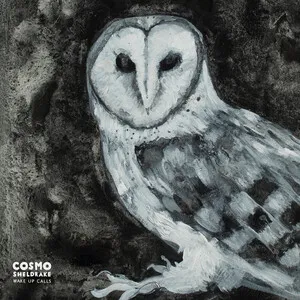Animal sounds is a non-music, documentary-focused genre centered on the unaccompanied vocalizations and behaviors of animals—such as birdsong, whale song, insect choruses, amphibian calls, and mammal vocalizations—captured in the field.
Rather than emphasizing melody, harmony, or beat, works in this genre present the acoustic ecology of a place and time. Producers often favor minimal processing to preserve scientific, educational, and experiential value, though some releases organize recordings into thematic "soundscapes" (e.g., dawn chorus, coastal rookeries). The genre is commonly used for education, research, relaxation, and as raw material for ambient, electroacoustic, and sound art contexts.
The genre’s roots trace to the dawn of wildlife sound recording. In 1909, Ludwig Koch made one of the first commercial wildlife records, capturing a shama thrush, and later popularized birdsong records in Europe. Through the 1930s, labels and broadcasters (notably in the UK and Germany) issued discs such as Songs of Wild Birds, while institutions and naturalists began systematically documenting animal vocalizations in the field.
Magnetic tape, parabolic reflectors, and improved microphones enabled higher-fidelity field work. Archives and research programs expanded, and wildlife sound publications grew in educational and scientific value. Recordings were often presented with narration or species identification, serving museums, schools, and early broadcast natural history programs.
Animal sounds entered public consciousness with milestone releases such as Songs of the Humpback Whale (1970), which helped galvanize environmental advocacy. The artistic framing of unaccompanied animal vocalizations—as worthy of attentive, album-length listening—took hold internationally.
Affordable portable recorders and consumer interest in relaxation audio led to prolific catalogs of nature and wildlife albums. Producers organized long-form soundscapes (e.g., forests, wetlands) featuring minimally edited animal choruses, while broadcasters refined field techniques for cinema and television. These practices informed both scientific bioacoustics and creative soundscape composition.
Solid-state recorders, high-resolution formats, and accessible editing tools democratized wildlife recording. Archives and community platforms support species-tagged, geolocated contributions. Concepts like biophony, geophony, and anthrophony (popularized by Bernie Krause) frame animal recordings within broader ecological narratives. Today, animal sounds remain core to research, education, conservation, and as source material across ambient, experimental, and sound art scenes.


%2C%20Cover%20art.webp)
